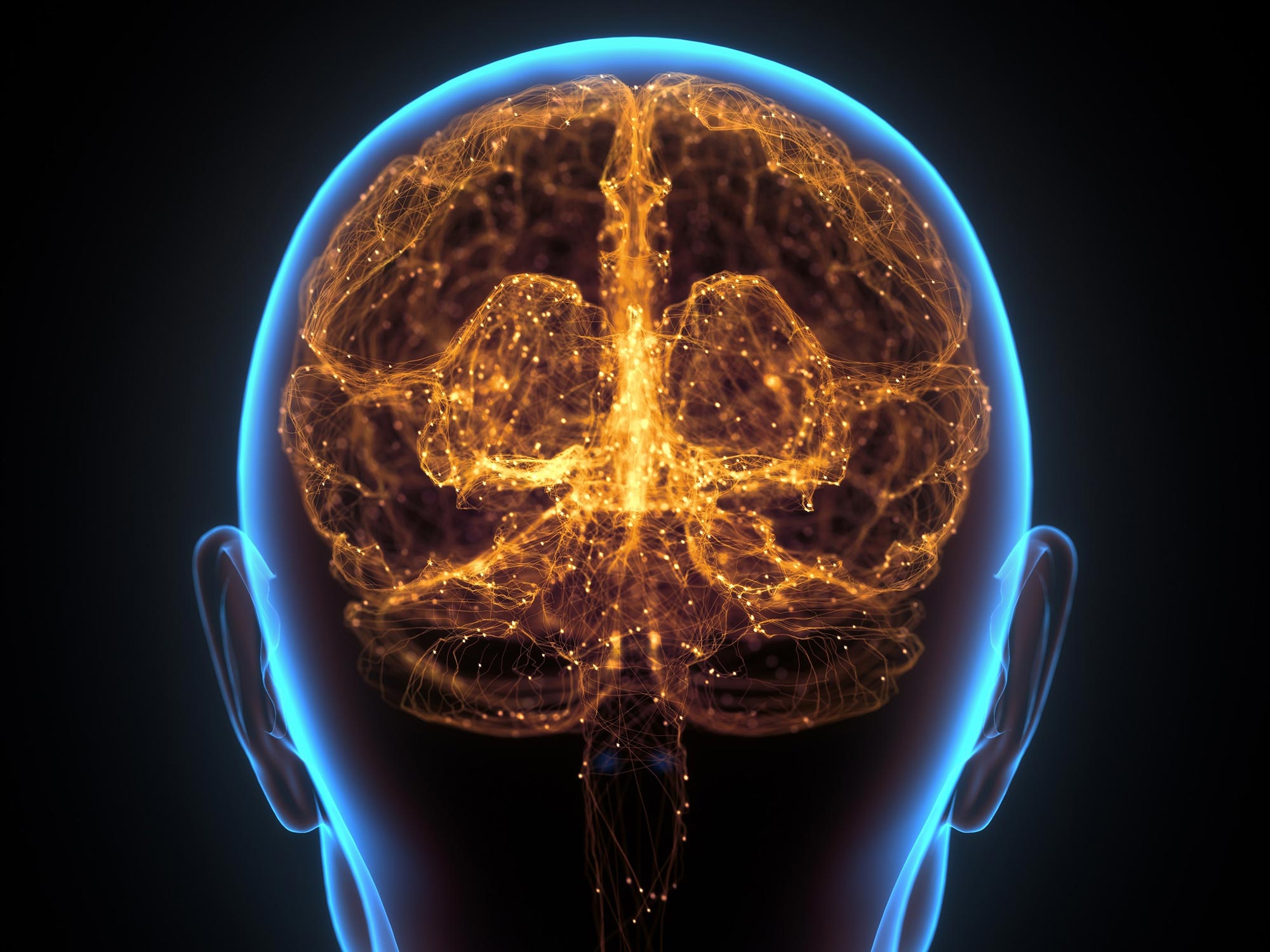A study found sex differences in brain pathways involved in reward-related behaviors. Understanding these differences may lead to better treatments for mental health disorders.
Recent research highlights sex differences in brain pathways linked to reward behaviors, showing distinct molecular mechanisms in males and females that could influence the treatment of disorders like depression. This underscores the need for more gender-specific research, given the historical focus on male subjects in neuroscience.
A recent study published in the Journal of Neuroscience has identified sex-based differences in the molecular mechanisms influencing reward-related behaviors. Specifically, the research highlights both differences and similarities in how males and females enhance connections between the hippocampus and the nucleus accumbens, two brain areas critical for reward processing.
Males and females both suffer from disorders involving these pathways, like depression and substance abuse. However, the presentation and prevalence of these conditions can differ between the sexes, and certain standard treatments are more effective on average in males or females. The new paper’s findings encourage further research to determine if the molecular differences the authors discovered may underpin differences in disease progression or medication response, which could eventually lead to more effective treatments for mental health disorders.
Although this is changing, historically, much more research has been done on male subjects (both in humans and animal models), so “we just don’t know a lot about female brains and differences between male and female brains,” says Tara LeGates, assistant professor of biological sciences at the University of Maryland, Baltimore County (UMBC) and senior author on the new paper. She’s seen an increase in the number of research groups considering sex differences, and is hopeful that their work will continue to produce actionable results that lead to improved outcomes for patients.

Figure 8 from Copenhaver & LeGates (2024) visually represents the similarities and differences in how male and female mice strengthen synapses between the nucleus accumbens and hippocampus. The NMDA receptor (gold) is required for transporting calcium into the cell (gray outline) in the male mechanism, whereas females use a different calcium transport receptor (teal) and an adjacent estrogen receptor (magenta). These pathways are conserved in humans, making the work highly translatable to human trials. Credit: Ashley Copenhaver and Tara LeGates
LeGates’ previous work used optogenetics, which allows researchers to selectively stimulate particular neurons with light, to demonstrate that strengthening connections between two brain regions—the hippocampus and nucleus accumbens—is rewarding for mice. The hippocampus is best known for its roles in memory and learning, as well as emotional responses. The nucleus accumbens is a “key reward center that integrates information from different brain regions to drive goal-oriented behavior,” LeGates explains.
The hippocampus-nucleus accumbens pathway also exists in humans, and is involved in reward processes in the same way as in mice, LeGates notes, making this research highly translatable to human studies.
Surprising sex differences
The researchers used electrophysiology, which involves observing how living cells respond to stimulation of other brain regions under a microscope, to reach their conclusions about how males and females strengthen connections between the hippocampus and nucleus accumbens.
LeGates and lead author Ashley Copenhaver, a Ph.D. candidate in LeGates’ research group, found that mice of both sexes relied on activation of a particular kinase protein, CAMKII, to facilitate reward-related behavior. Neither sex required DOI: 10.1523/JNEUROSCI.0100-24.2024
The study was funded by the National Institute of General Medical Sciences.




















Discussion about this post